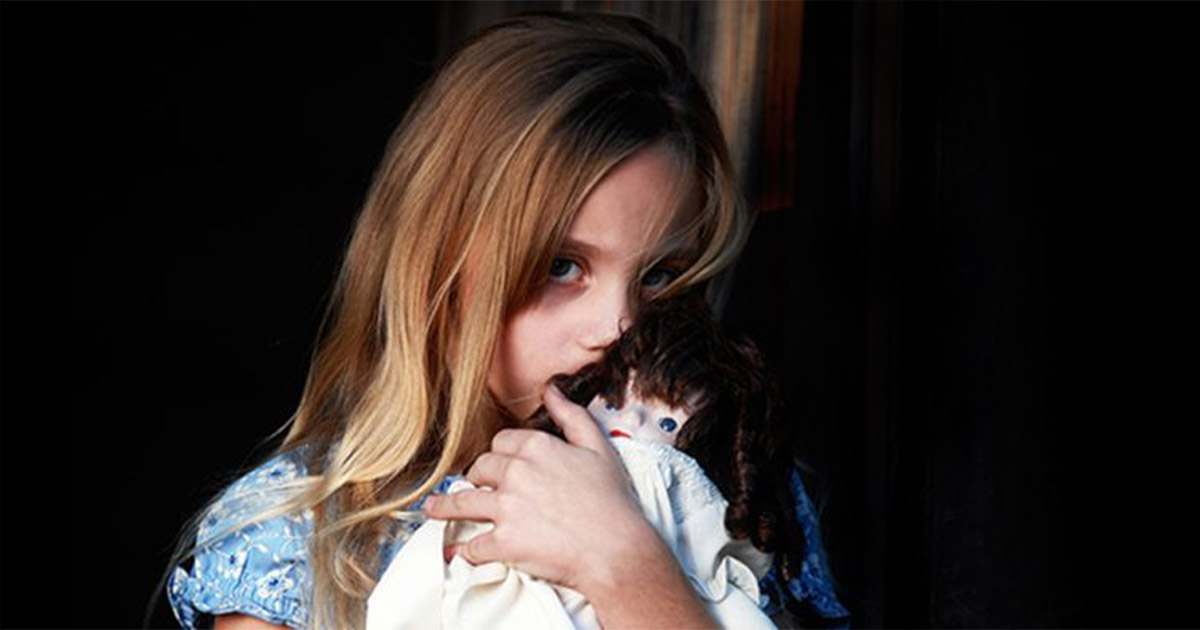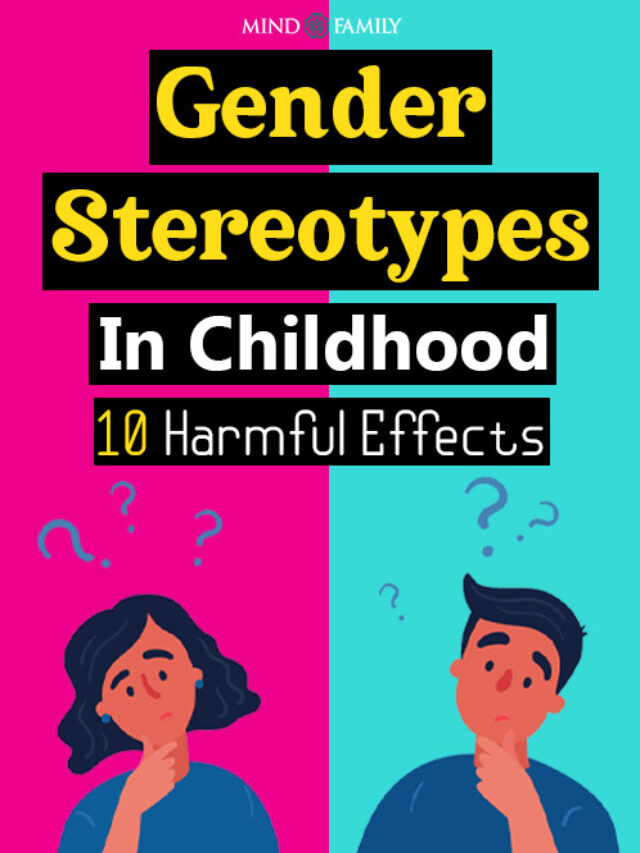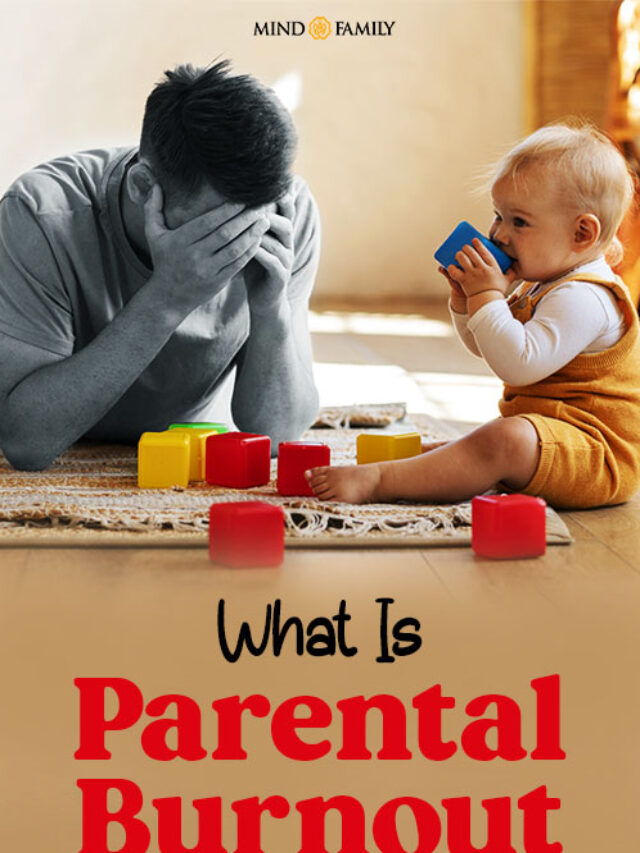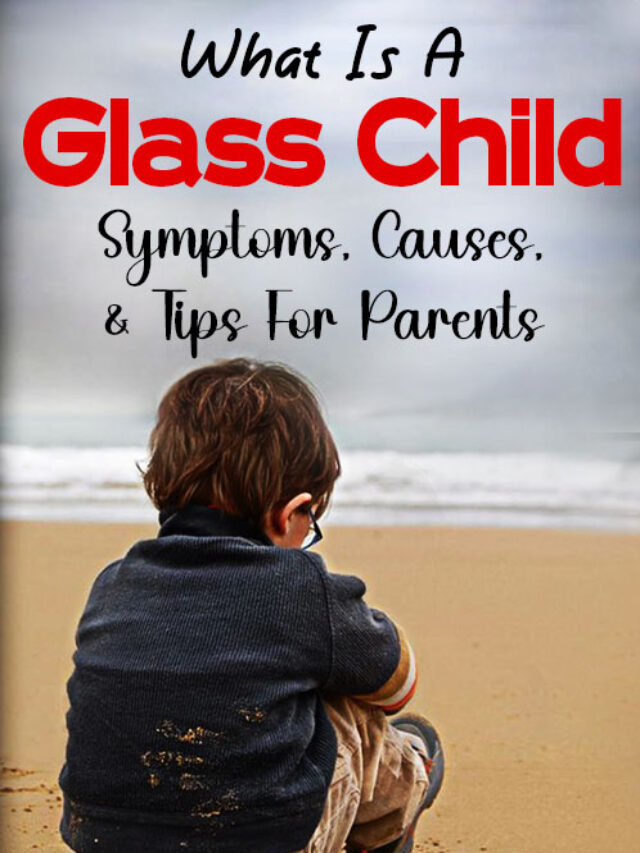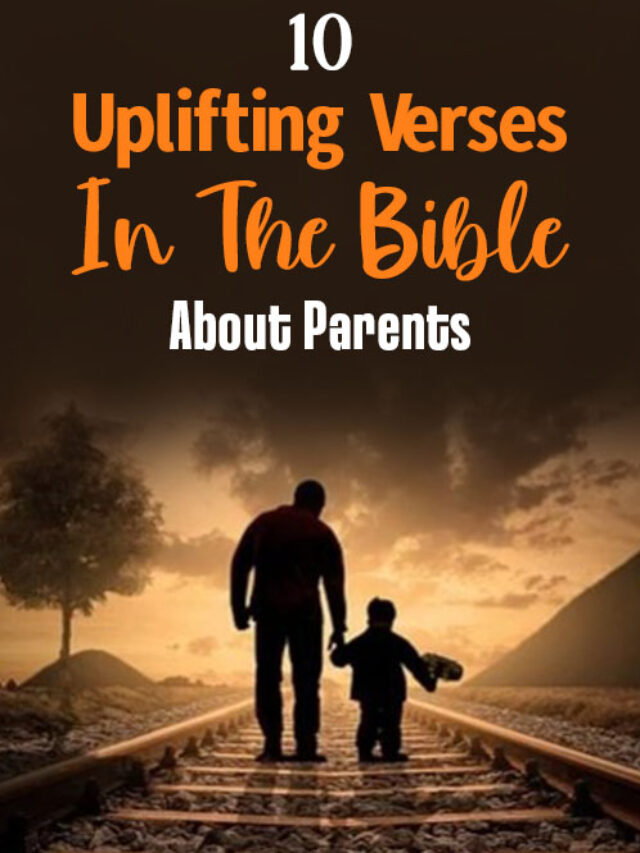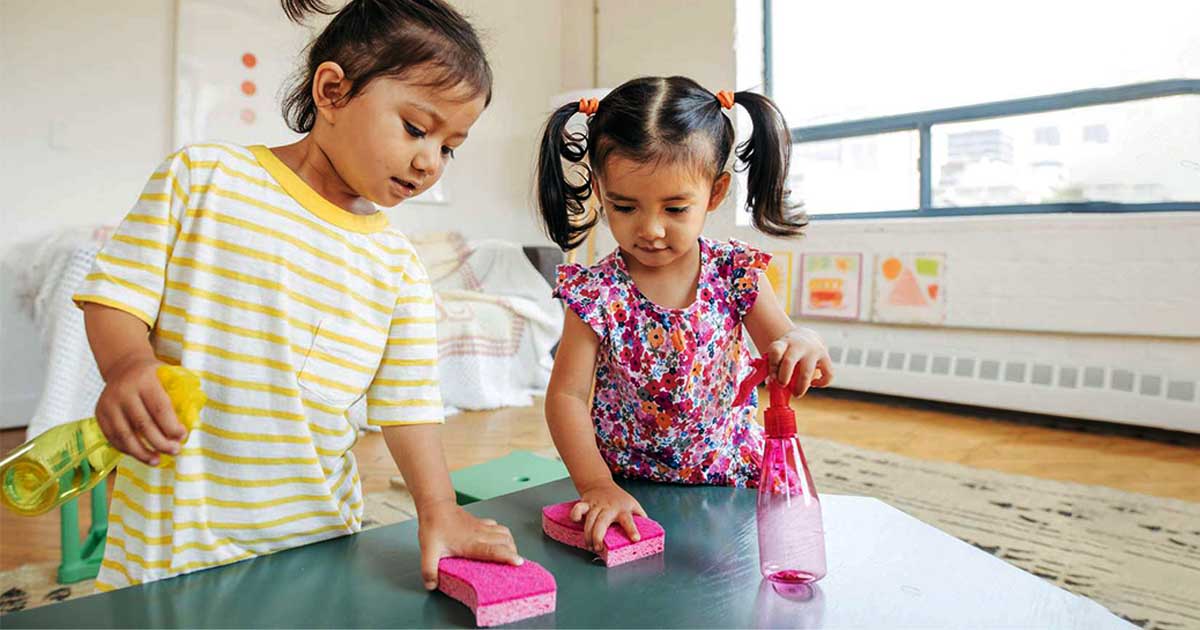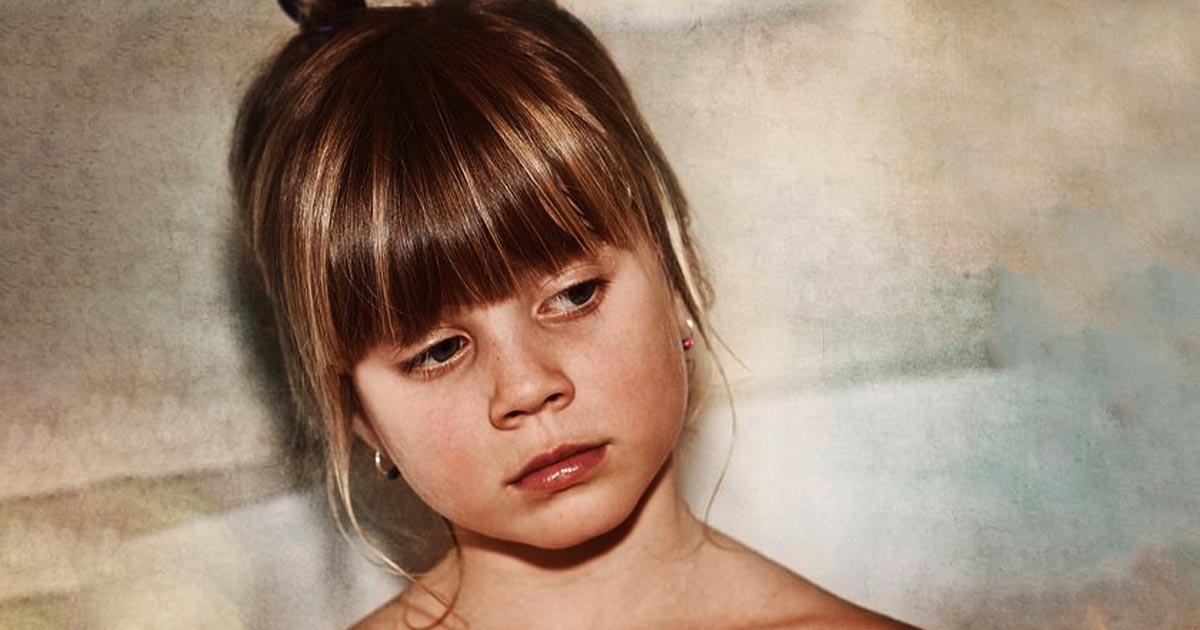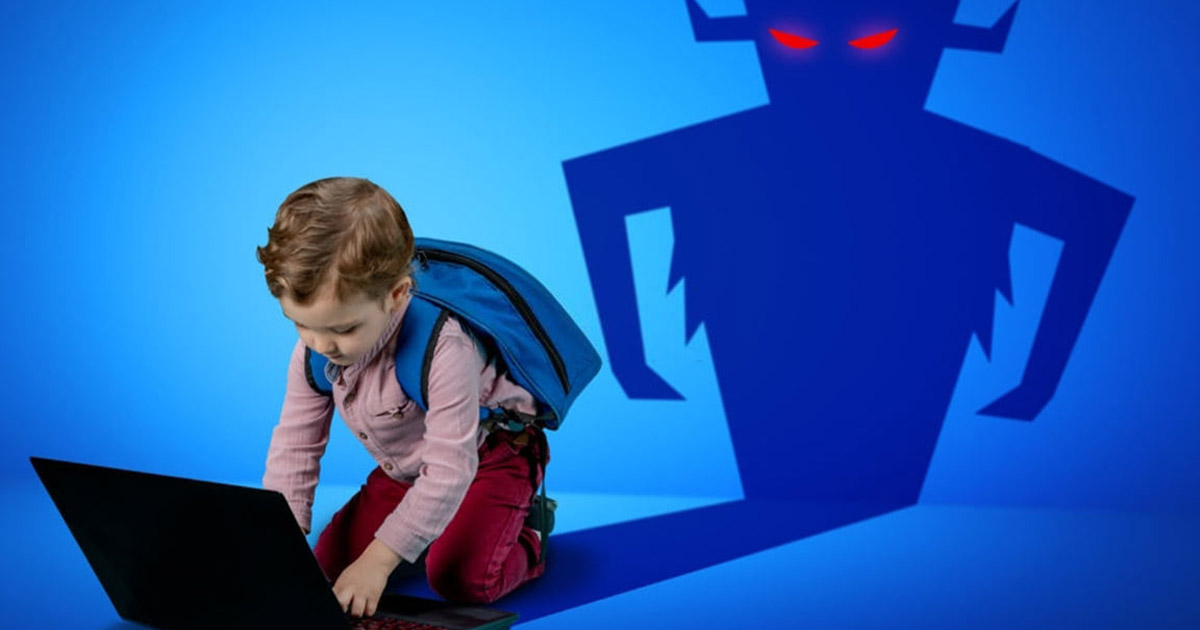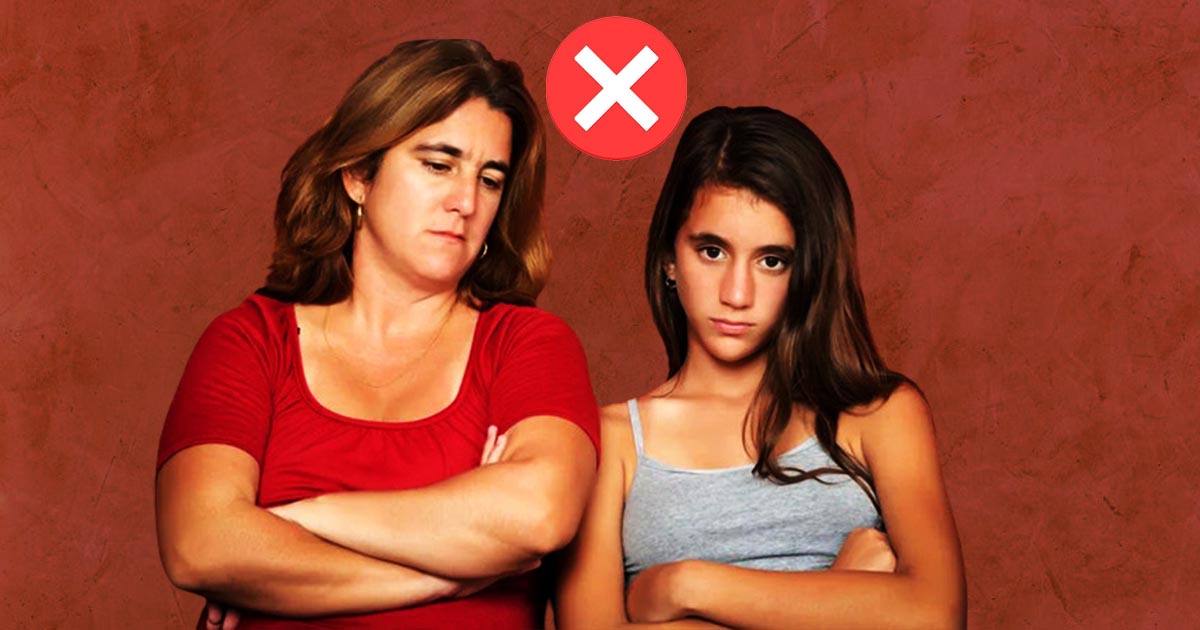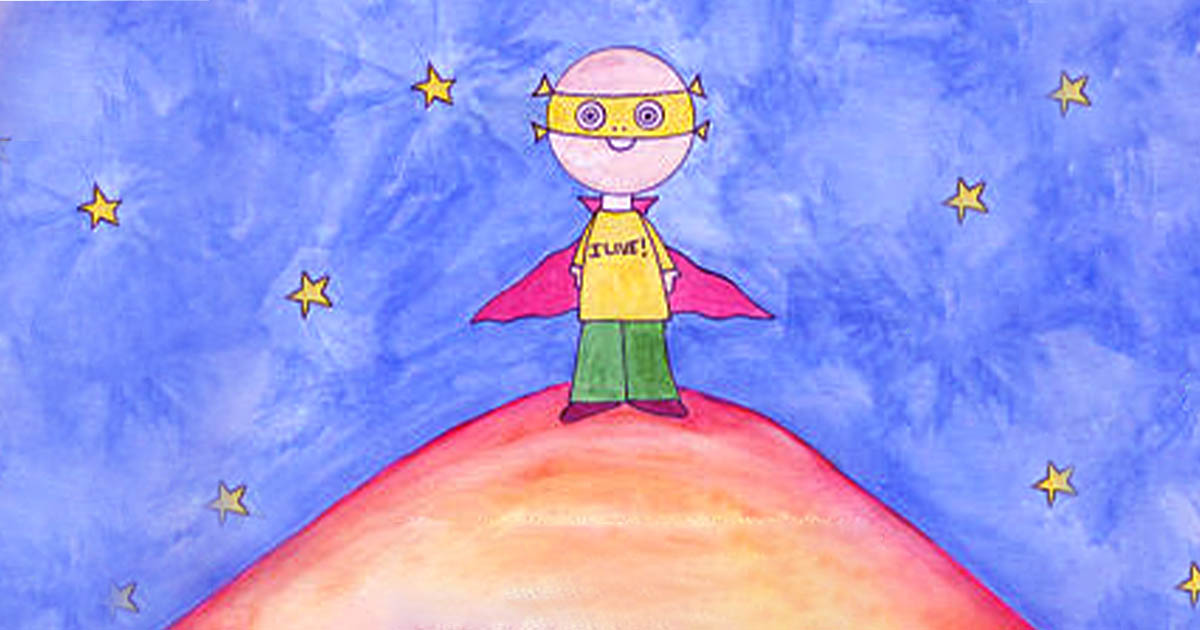In a world where the safety and well-being of our youngest generation is a top priority, it’s crucial to confront the grim truths of child sexual abuse.
Despite numerous campaigns to increase awareness and decrease rates, occurrences are still shockingly plentiful.

This article was written with one goal in mind: to shine a light on this important topic. It will outline the signs parents should be looking for and will also provide you with ways how to protect your children from child sexual abuse.
But first, it is important to understand what comprises child sexual abuse.
How The Law Defines Child Sexual Abuse?
The law defines child sexual abuse as any act of sex with a youngster, it could be forced, coerced, or manipulated. This covers a wide range of things like:
- Sexual Assault: This includes rape, penetration, and fondling.
- Exploitation: Exploiting a child via pornography, prostitution, or trafficking.
- Molestation: If there’s inappropriate sexual contact that breaks the law with a minor it doesn’t matter if there was physical contact.
- Grooming: Building a relationship with the intent to sexually abuse them. Could involve manipulation, gifts, or attention.
- Online Abuse: Sexual activity over text involving solicitation, grooming, or distribution of child porn.
This is just an example so keep that in mind. Laws are different all over the country when it comes to specific penalties and definitions for abusing children.
Read More: What Is Childhood Trauma? 4 Signs of Lingering Childhood Hurt
Alarming Rate of Child Sexual Abuse in The United States
The research results of David Finkelhor, the director at the Crimes Against Children Research Center, help to shine a light on child sexual abuse (CSA) in the world.

According to the research, it’s estimated:
- 1 in 5 girls and 1 in 20 boys fall victim to CSA.
- When asked about their past, women say that they’ve experienced it before at a rate of about 20%, and men say yes at a rate between five and ten percent.
- In America, for one year alone. About 16% of kids aged from fourteen to seventeen went through some kind of sexual victimization.
- Throughout their lives, around twenty-eight percent of children that are fourteen to seventeen years old in the U.S.A. will have been victims of some sort of sexual abuse.
- Children are also most prone to CSA when they’re between seven and thirteen years old.
It’s important to acknowledge that children who experience prolonged sexual abuse will suffer. They typically develop low self-esteem and feelings of worthlessness, and their view of sex becomes distorted. These children may withdraw from other people socially, stop trusting adults altogether, or even become suicidal.
Read More: Is Your Child Suffering From Childhood Insomnia? Exploring The Causes And Treatment
What Are the Warning Signs of Child Sexual Abuse?
Recognizing the warning signs of child sexual abuse is crucial to protect children. Although these signs can vary in how they present themselves, being watchful and attentive to behavioral, physical, and emotional cues can help detect potential instances of abuse.

Here are five warning signs of child sexual abuse to be aware of:
1. Changes in behavior
Children who have been sexually abused may suddenly start behaving differently without any apparent explanation. They could become withdrawn or exhibit aggressive behavior. Their mood may also switch drastically after spending time with certain individuals or in specific places.
2. Physical symptoms
Unexplained physical symptoms should never be brushed off—especially if they’re found around the genital or anal areas. Be on the lookout for pain, itching, discomfort, or visible injuries like bruises, bleeding, and tearing. If a child has trouble walking or sitting down, there might be a chance they’ve experienced physical trauma.
3. Sexualized behavior or knowledge
Children who’ve suffered sexual abuse may display inappropriate sexual behavior for their age and level of development. This could mean having excessive curiosity or knowledge about sex acts, engaging in sexual play with toys or peers that surpasses what’s typical for their age group, or even demonstrating behaviors that are typically linked to adult sex activities.
4. Be Aware of Avoidance or Fearfulness:
Observe if the child experiences any intense fear, anxiety, or avoidance towards certain people, places, or situations. They might not want to be alone with a specific adult or may express their concerns about visiting a particular place. If they’re displaying such behaviors, you mustn’t wave them off and get to the root of the problem; it could stem from discomfort or traumatic experiences.
5. Regression or Changes in Development:
A sudden behavior change is more than just growing pains; it’s a red flag for potential abuse. Look out for signs of them reverting to behavior typical of a younger age, disruptions in sleeping patterns ( nightmares, bedwetting), or cognitive and emotional setbacks.
Child sexual abuse exists but by staying informed and vigilant we can take proactive steps towards protecting our children. Recognizing these warning signs and taking appropriate action is crucial in ensuring the safety and well-being of vulnerable children.
Read More: 5 Damaging Impact of Social Media on Children
How To Protect Your Children From Child Sexual Abuse?
To shield children from child sexual abuse, a combination of education, communication, and vigilance is necessary.

These essential steps will help parents and caregivers on how to protect your children from child sexual abuse:
1. Communicate Openly:
Ensuring your child’s safety is a top priority. One of the best ways to do this is by creating open lines of communication. Let them know it’s okay to speak up and that you’re always ready to listen, no matter the subject.
Give them a space where they can openly discuss personal matters without being judged or ridiculed. By doing so, you’ll establish an atmosphere of trust and understanding. This will give them the confidence to approach you if something bad happens in their lives.
2. Teach Body Safety:
The teaching of body safety to children is imperative in order for them to be given the means of identifying improper behavior.
Giving them a sense of the appropriate names for their private parts, what it means to cross boundaries, and how they can tell safe touches from unsafe ones will help. Letting them know that they own their bodies and are free to refuse unwanted advances.
It’s through this age-appropriate information that you’ll make your kids knowledgeable enough to save themselves from any harm.
3. Set Clear Boundaries:
We get it, the world is a terrifying place. Establishing clear boundaries with family and others is important to prevent child abuse. Make sure everyone who interacts with your kid knows what appropriate behavior and interactions are.
Teach your children to recognize and respect personal boundaries as well as other people’s. Most importantly, teach them to communicate those boundaries assertively and seek help if someone violates them. By setting and reinforcing these boundaries, you can give your kids the confidence they need.
4. Monitor Online Activities:
Technology keeps advancing, and so do online predators. Monitoring your children’s activities on the internet is the only way to protect them from harmful content or people.
Keep an eye on their computer and phone usage in common areas of the home where you can keep tabs on them without being too intrusive. Educate them about online safety measures like privacy settings and not sharing personal info with strangers (duh).
And make sure they know to immediately report anything suspicious or harmful online. Even though we’re always watching over our kids, we’re not trying to invade their privacy.
5. Always Be Vigilant:
You never want anything bad happening to your child but knowing what could happen helps you be prepared for the worst possible outcome. Familiarize yourself with warning signs associated with child sexual abuse so that you can quickly identify any potential danger signs for your kid(s).
Look out for sudden mood swings, withdrawal from activities they once loved, or unexplained physical symptoms that don’t go away after taking medicine or resting.
Another sign would be if they start acting way older than their age should allow or use vocabulary beyond their developmental stage should allow (it’s innocent but also alarming). Trust your gut feeling as a parent or guardian, if something doesn’t feel right then it probably isn’t.
By taking proactive steps instead of reactive ones when it comes to a child’s well-being, parents will create an environment that keeps children safe.
Read More: 7 Early Signs of Childhood Mood Disorders and Ways To Treat
A Word From Mind Family
In a world where child abuse is rampant, it’s up to us to stop the cycle. Protecting our kids should be at the top of every parent’s list—no ifs, and, or buts.
At Mind Family, we believe that knowledge is power. If we educate ourselves on this ongoing issue, come together as a community, and take the right steps toward prevention, we’ll see some real progress. Every child deserves to grow up in a safe place—and by fighting for their well-being, we can give them that.
Let’s make a difference and protect those who can’t protect themselves: our youth.
Frequently Asked Questions (FAQs)
1. What is child sexual abuse?
Child sexual abuse involves any sexual activity with a child using coercion, manipulation, or force, encompassing behaviors like assault, exploitation, molestation, grooming, and online abuse.
2. What are the signs of child sexual abuse?
Signs include behavioral changes, physical symptoms, sexualized behavior, avoidance, and regression or developmental changes.
2. How to protect your children from child sexual abuse?
Protect children through open communication, body safety education, setting clear boundaries, monitoring online activities, and remaining vigilant for warning signs.
